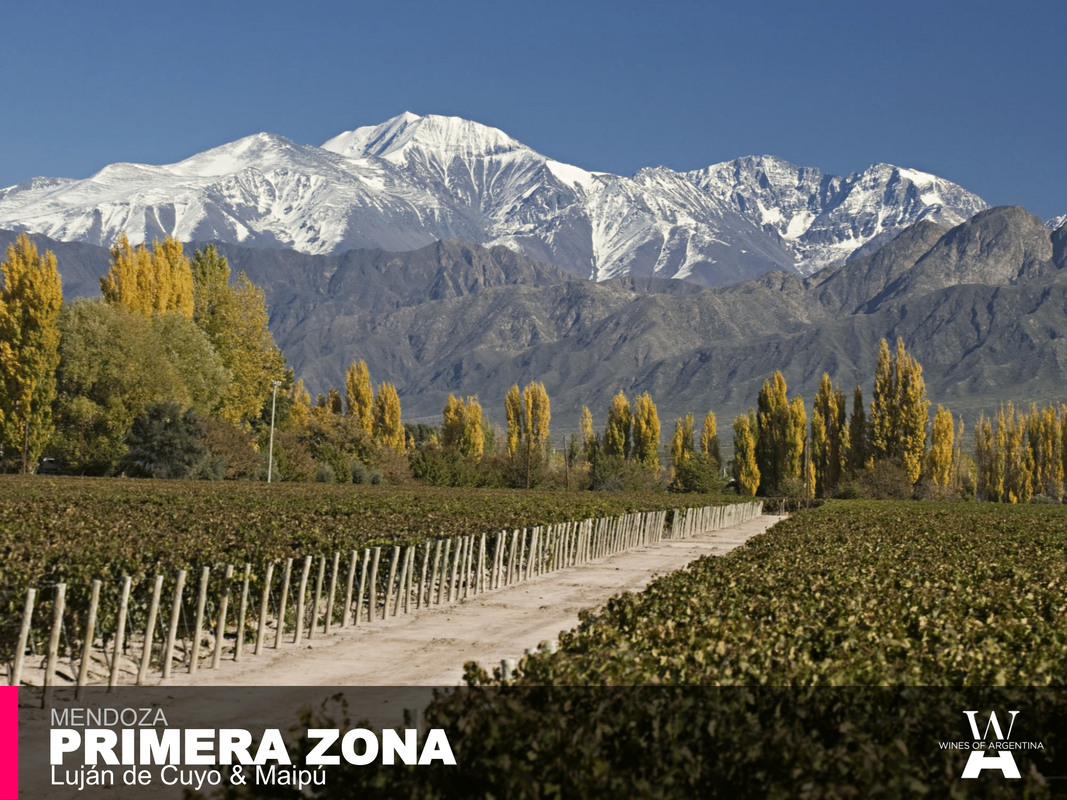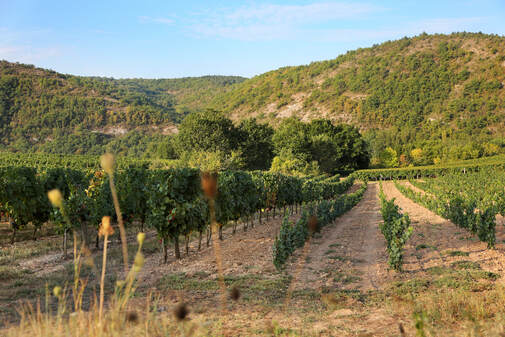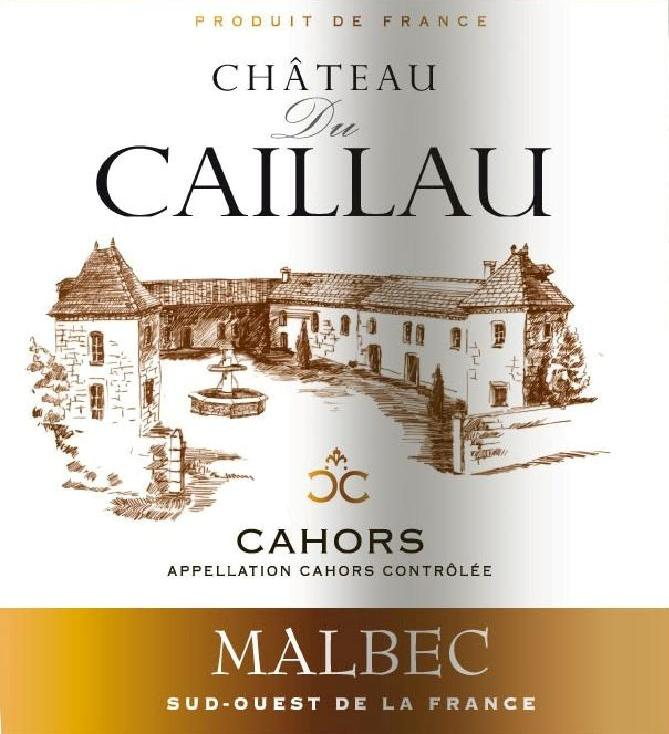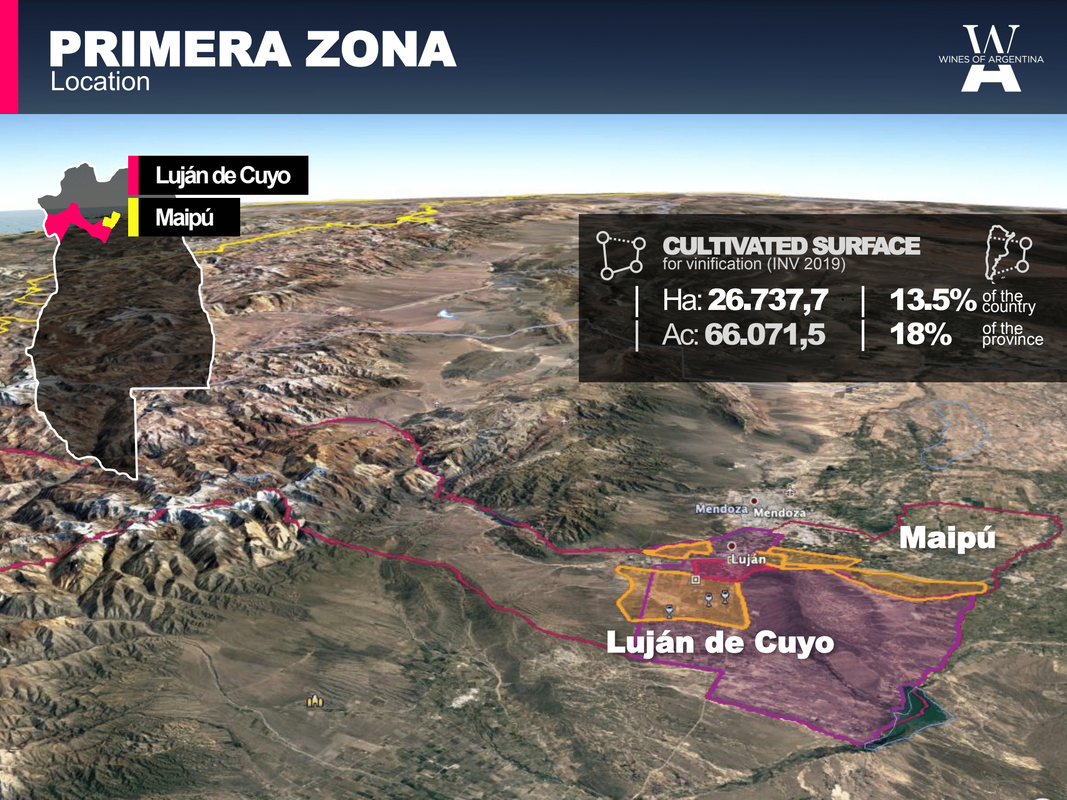Malbec
Malbec, traditionally known as Côt or Auxerrois, is Argentina's most significant grape and practically synonymous with the country. However, there is more to Malbec than just Argentina. Originating in Cahors, France, the grape is a permissible Bordeaux varietal. However, like wine, trends, tastes and growing regions inevitably change.
Common Synonyms
Côt, Auxerrois




